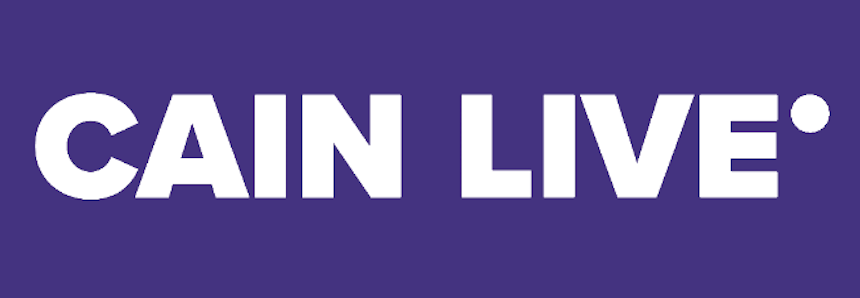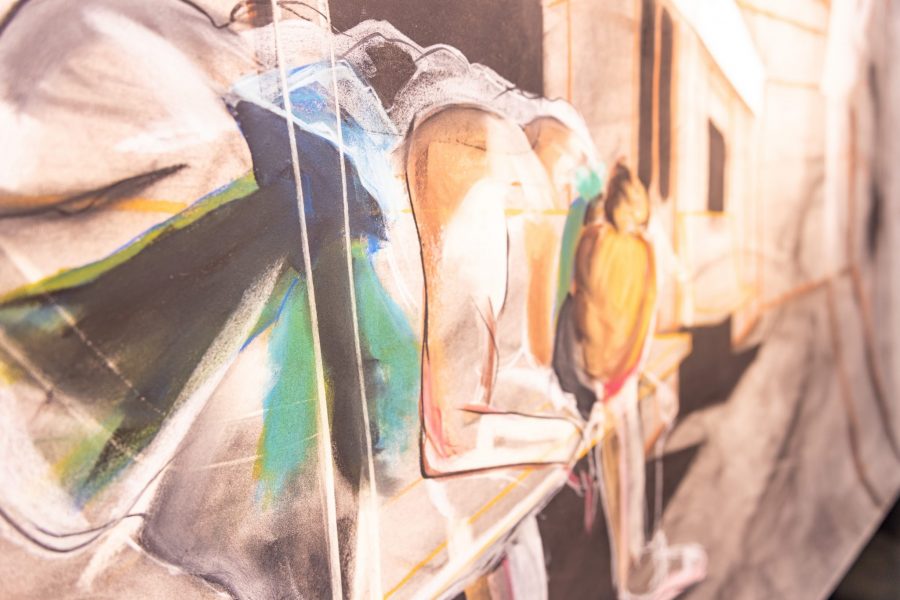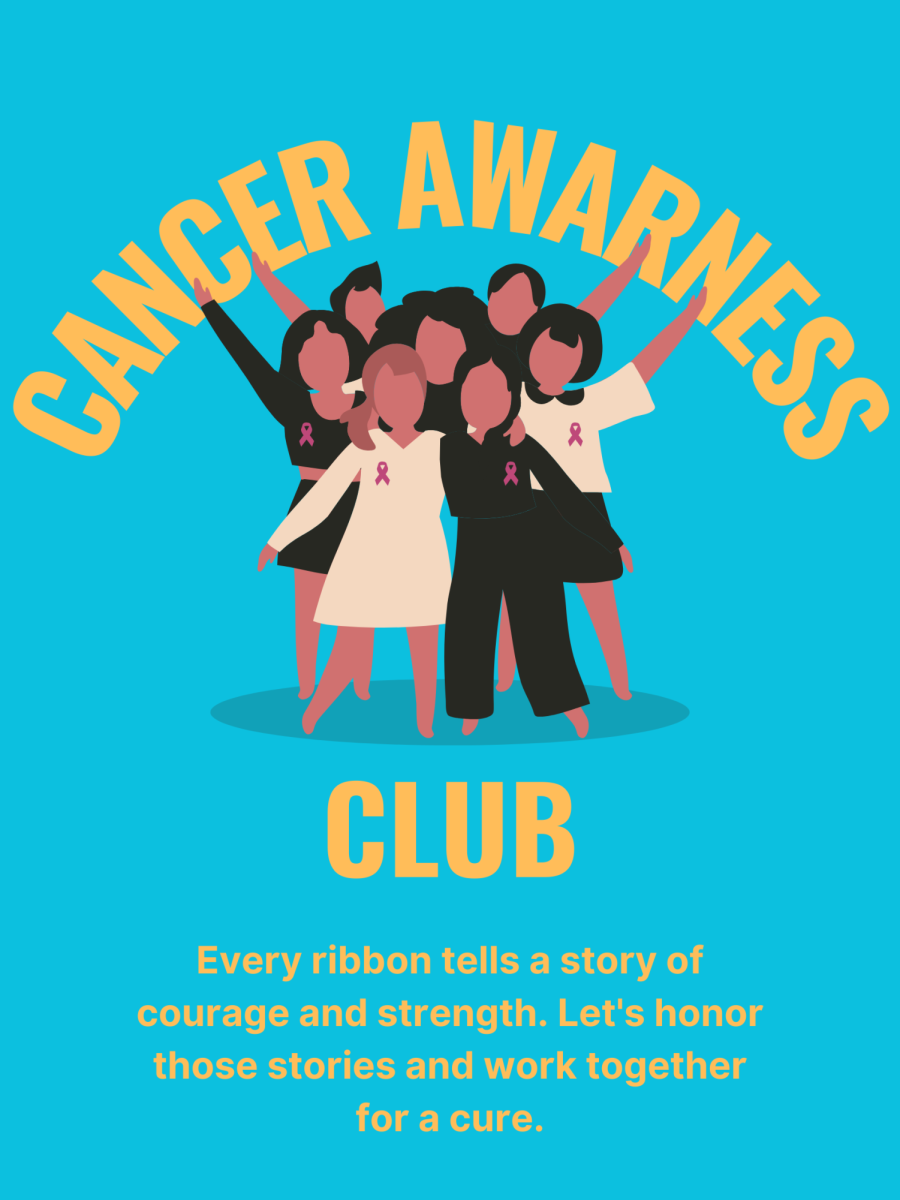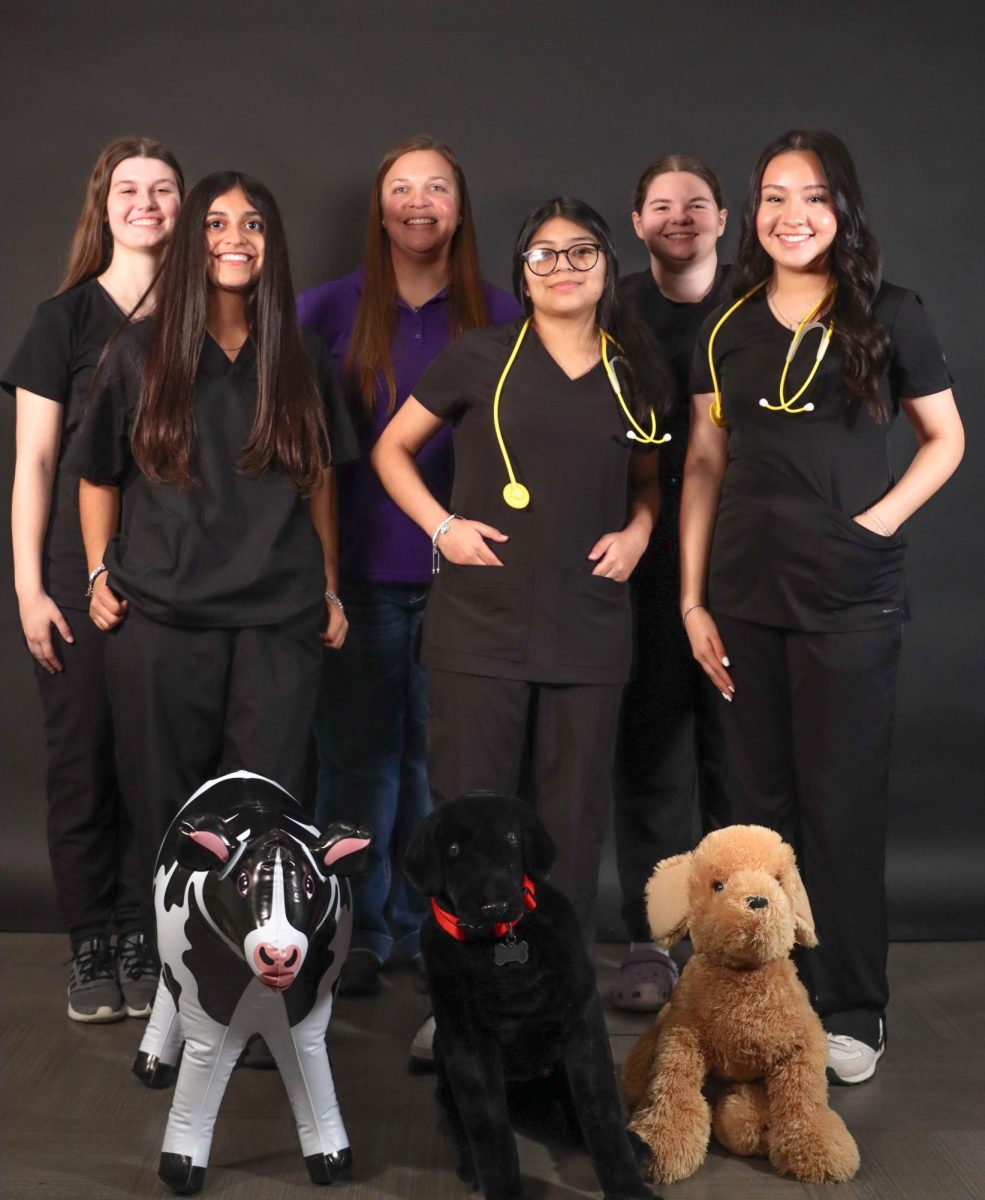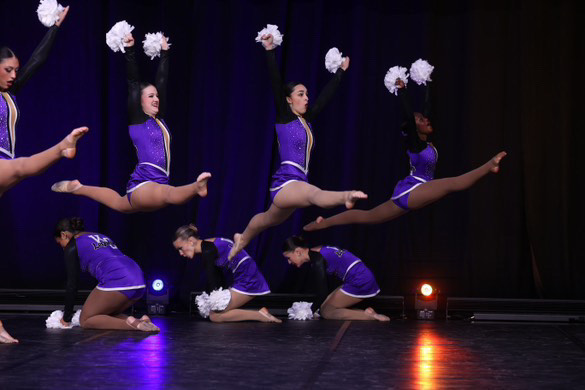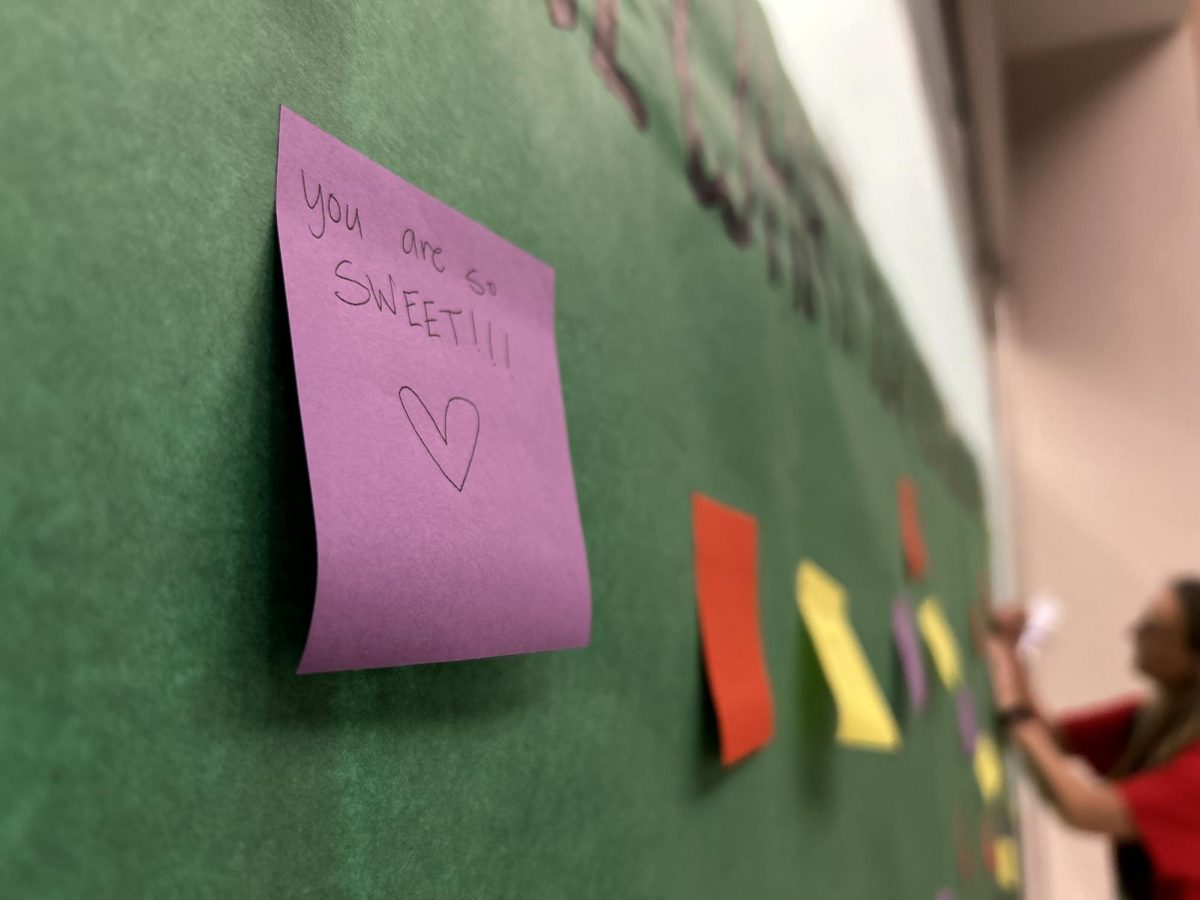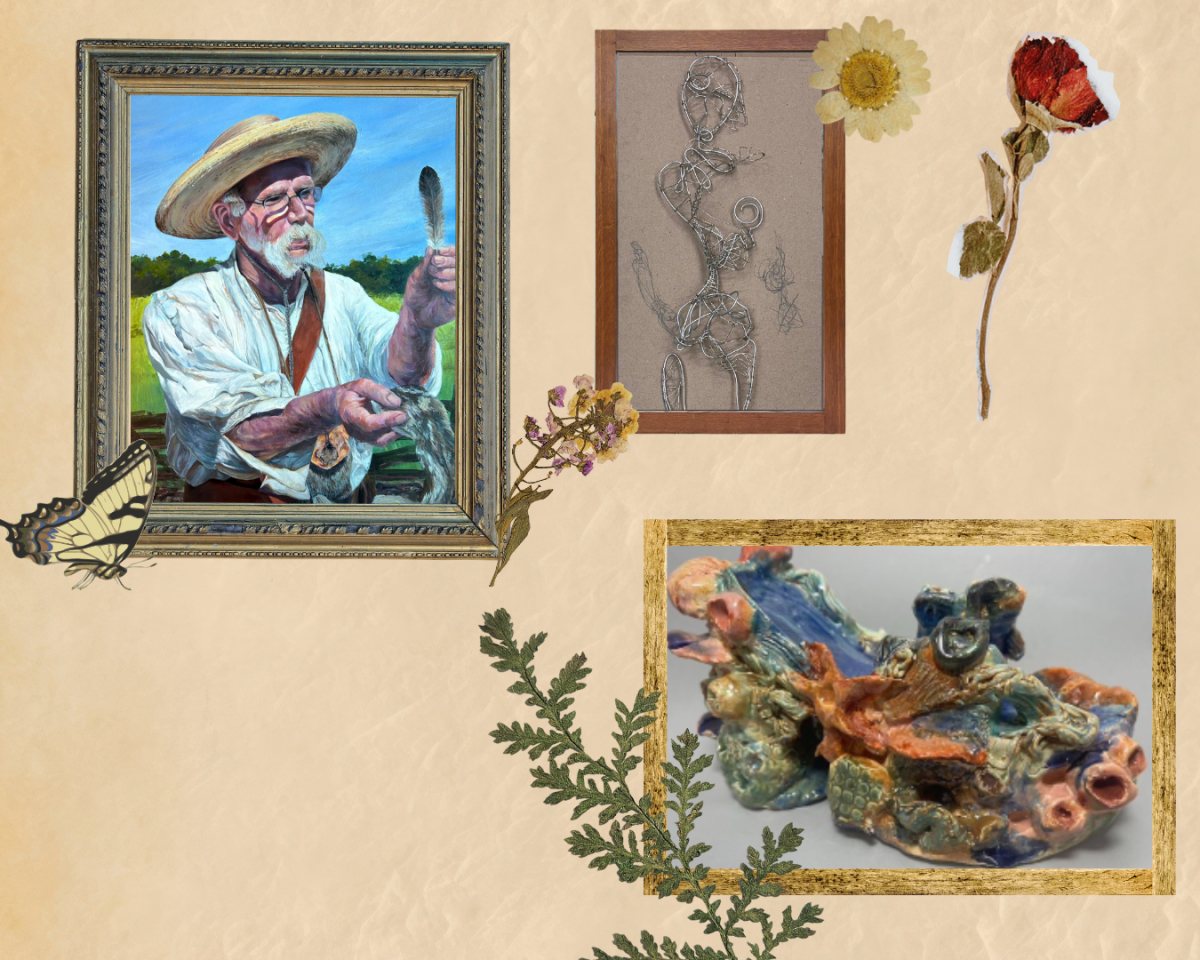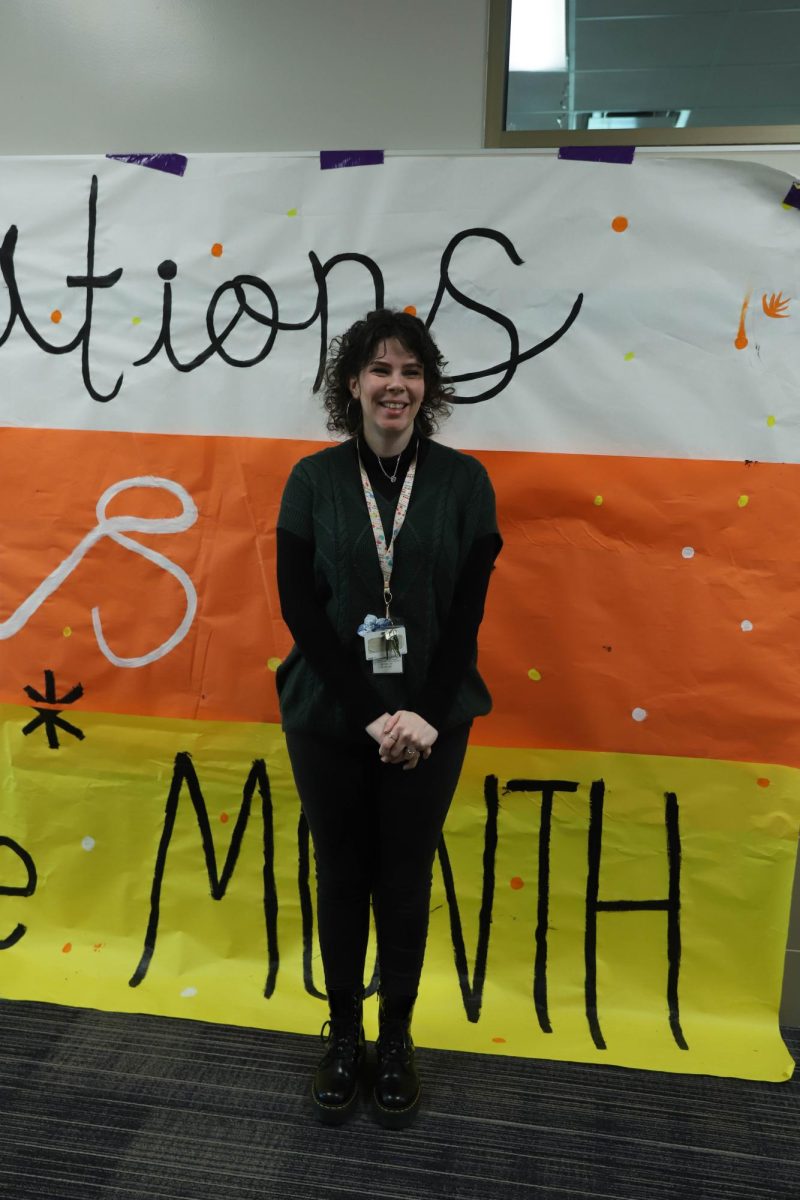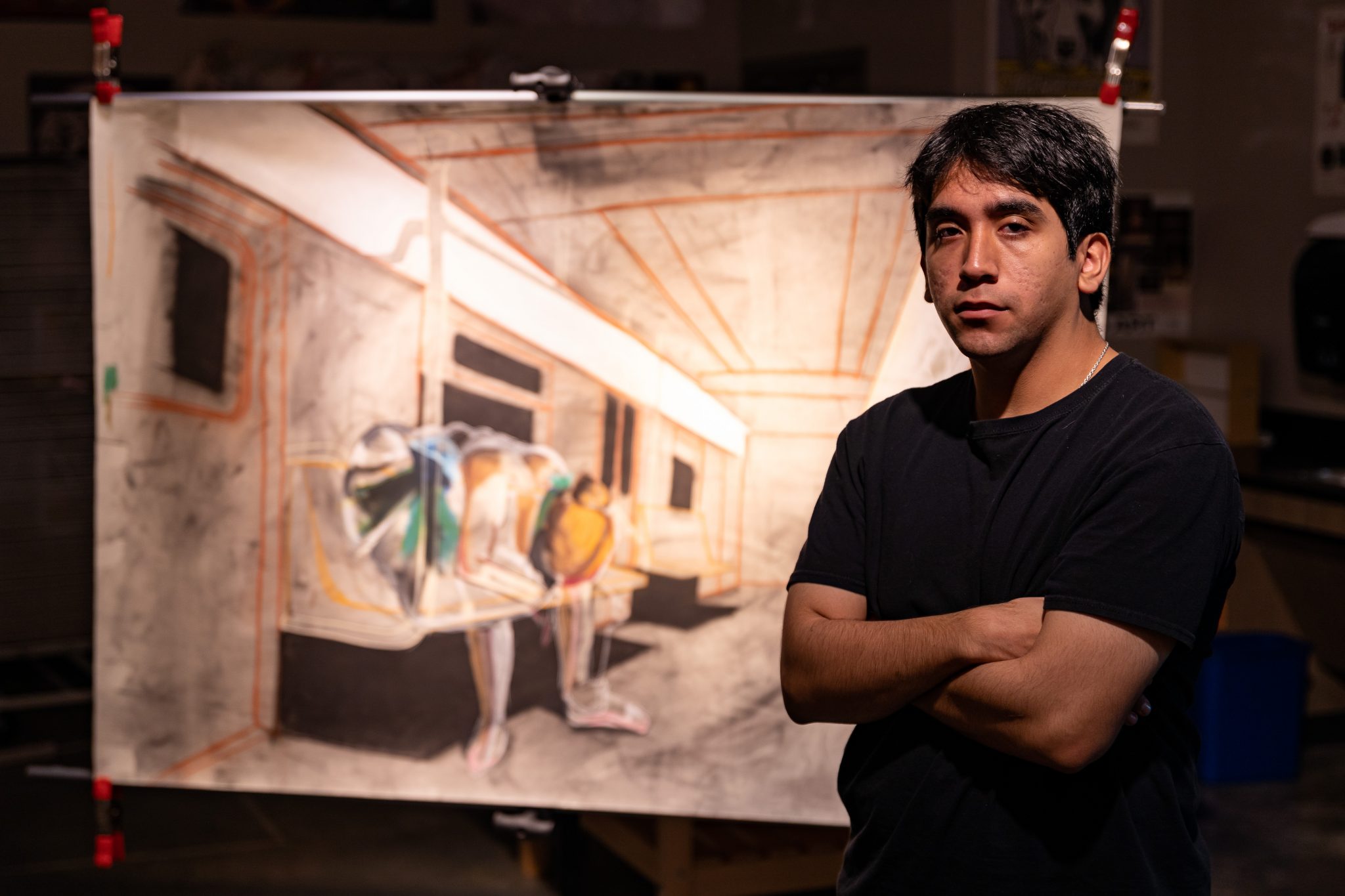
Each year, hundreds of thousands of high school seniors apply to colleges and universities going through the arduous process of writing essays, doing interviews, and filling out financial forms. And at the end of it, each high schooler eventually receives news of where they’ll spend the next four years with a decision letter released by each college they applied to. Some of those colleges they apply to may even be the most competitive ones in the entire nation, if not the world.
Klein Cain senior Carlos (CJ) Chavarria happens to be one of those lucky students who has received that decision letter early from the prestigious Cooper Union for the Advancement of Science and Art; along with a full-tuition scholarship.
What is Cooper Union?
“Founded in 1859 by inventor, industrialist, and philanthropist Peter Cooper, The Cooper Union for the Advancement of Science and Art offers an unparalleled education in architecture, art, and engineering,” says Cooper Union’s website. “Today, The Cooper Union is ranked among the most prestigious private institutions in the world with a public mission: To prepare bright, creative and ambitious students to apply their talent and expertise to make impactful contributions worldwide.”
From inventors such as Thomas Edison to artists such as Bob Kane (who created Batman), it’s clear that many of their students do go on to, in fact, “apply their talent and expertise to make impactful contributions worldwide”.
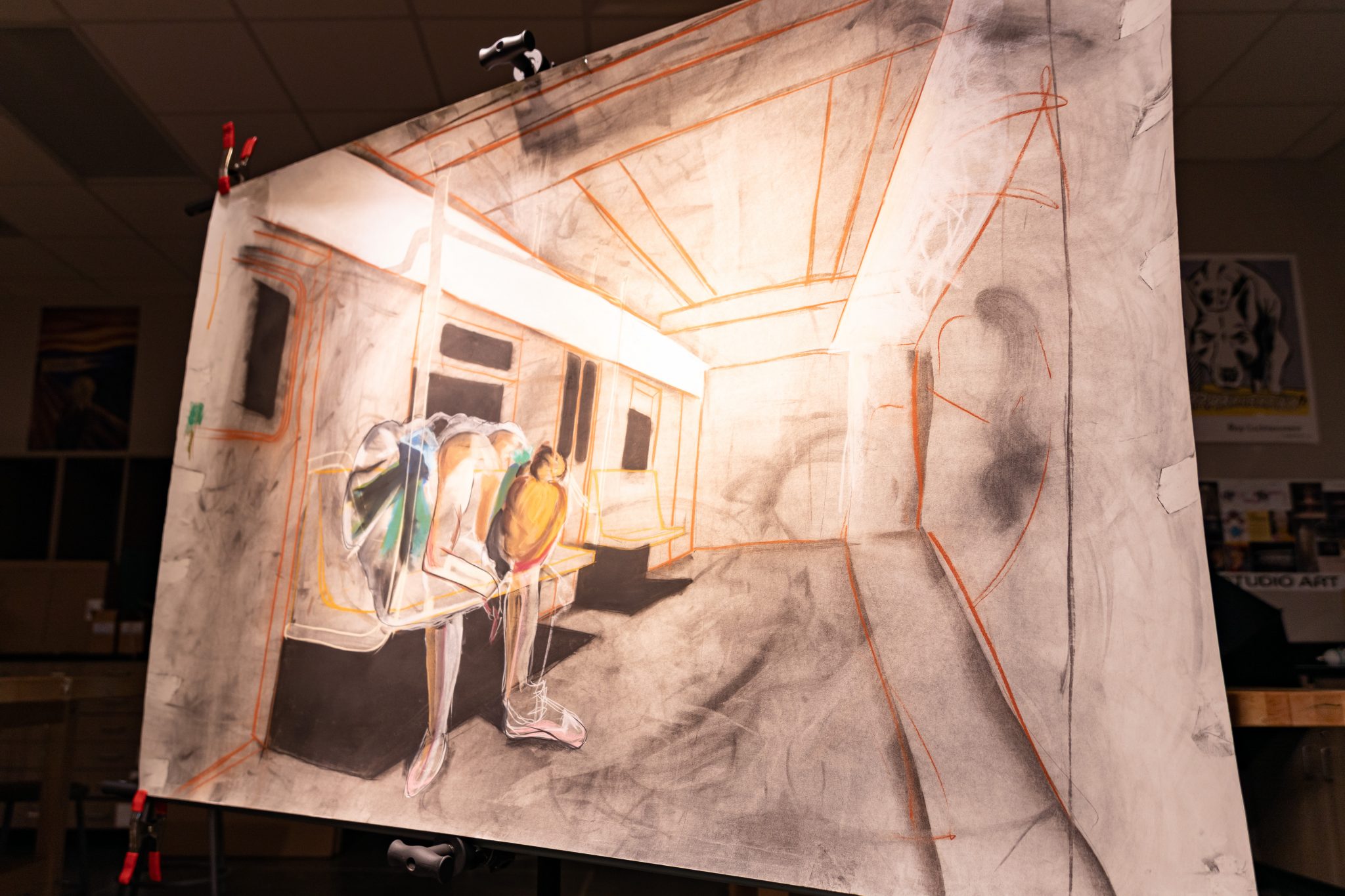
In total, Cooper Union teaches from 800 to 900 students at a time across all three schools (Engineering, Art, and Architecture) all located in the heart of Manhattan in the East Village. At The School of Art, where Chavarria plans to study next year, the number of students is about 200 with a faculty of 70. There, Chavarria will be placed in the rigorous B.F.A. (Bachelors of Fine Arts) program Cooper Union puts all of its art students in.
“The goal of the B.F.A. program is to educate students in the skills, knowledge, and understanding necessary for professional practice in art- and design-related fields,” said Cooper Union. “An integrated program not only teaches students in specific disciplines but also in the complex interrelation of all visual vocabularies.”
Chavarria’s Application Process
Besides completing the Common Application (or CommonApp, as it is commonly referred to as), the various essays that come along with it, and the recommendation letters, Chavarria also had to complete the Cooper Union’s unique Hometest.
“It involved submitting a portfolio of work along with a group of writings and art based on prompts called [t]he Hometest,” said Chavarria. “The Hometest is something very unique to Cooper. I was given a month to complete six essays, and five artworks based on prompts given.”
(The portraits below were included in the portfolio Chavarria sent to Cooper Union. To see an explanation and/or a larger size of each portrait, scroll to the end of the story.)
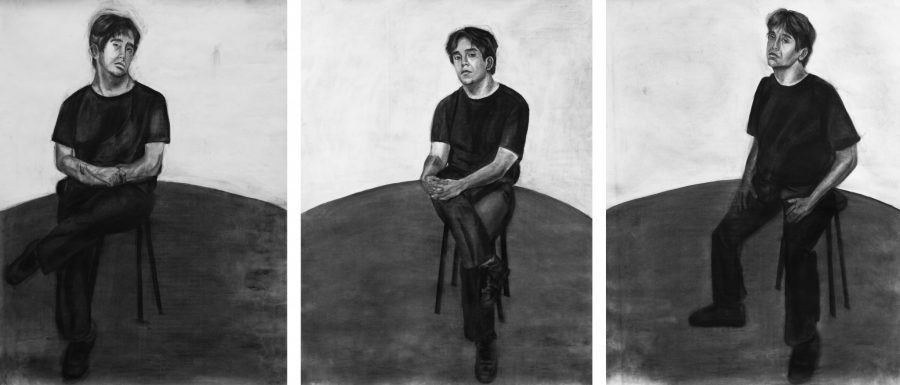
The Decision
After all was said and done, all Chavarria had to do was wait for a decision. And just two weeks ago, he got it.
“I was actually at my job when I had checked my phone to help a customer find an item when I saw the email,” said Chavarria. “And in the back of my mind, I was going through a million different emotions, but the most apparent ones were relief, reassurance, and just excitement.”
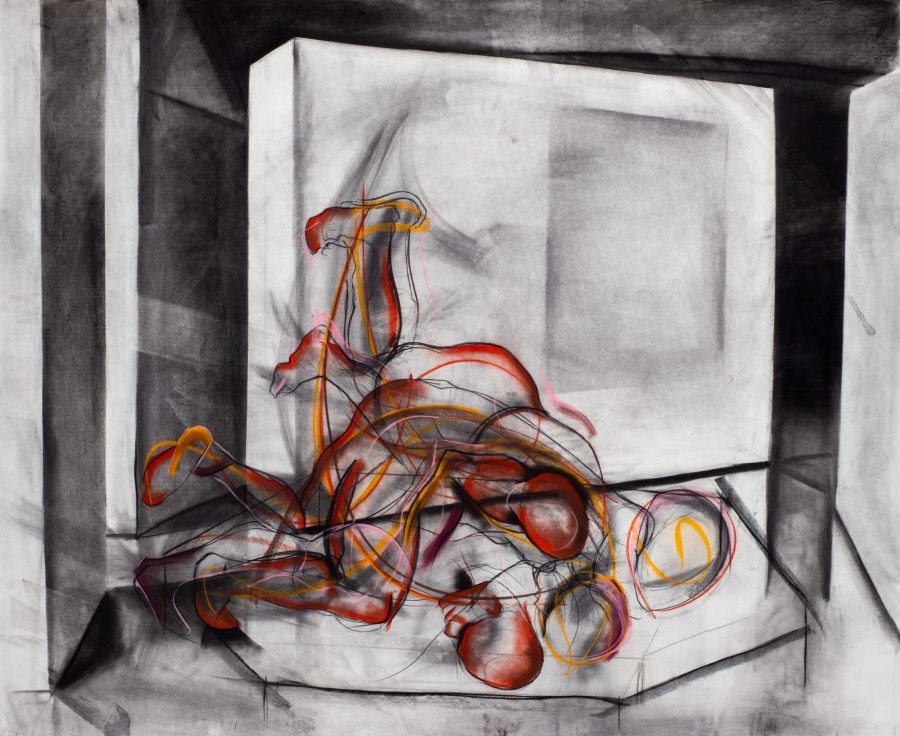
Looking through his portal, what he also found was a full-tuition scholarship with additional aid included that fulfilled about 90% of his total college cost.
“Apart [from] the separate aid I received, I got a[n] ‘Innovator Scholarship’ given to a select number of admitted Cooper students,” said Chavarria.
After seeing the amount of aid he received as well as acknowledging the fact that Cooper Union was his top choice, Chavarria had no choice but to say yes to the generous offer. It seemed as if all of his hard work had finally paid off, and it did.
“New York is a city with a number of mythos. One being [that] it’s where artists go to be artists. I am going to Cooper because it’s a multi-disciplinary school in the East Village where I will find a way. [And] as irresponsible as it may sound, I cannot say I have a definite concrete plan [for the future]. But who does anyway?” quipped Chavarria.
(If you are a high school junior wanting to know more about the college application process, feel free to contact your counselors. They’re happy to help!)
Explanations
“In the process of making this drawing I was working from my own references like photos of the Glassell school downtown, work from Francis Bacon, and other photography Bacon was inspired by.”
“This work was a part of the secondary portfolio, [t]he Hometest. The drawing is a collage of images from photographers Robert Mapplethorpe and Francesca Woodman. The final image came from a desire to evoke ideas about gender, sexuality, and the male/female gaze.”
“This work was the final for a class I took while in Rhode Island at The Rhode Island School of Design, Pre-College Program. The prompt was to make a self-portrait, to which I made a triptych about three-quarters life-size when you stand in front of it.”

